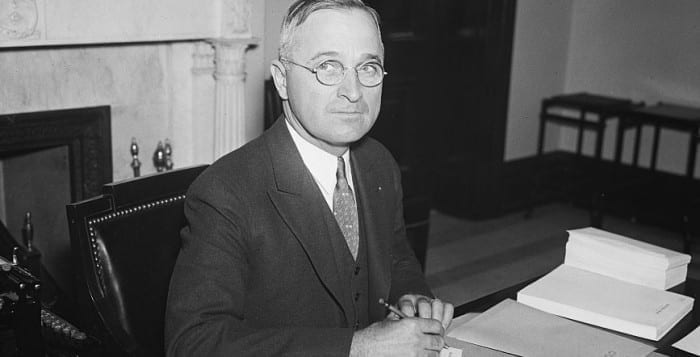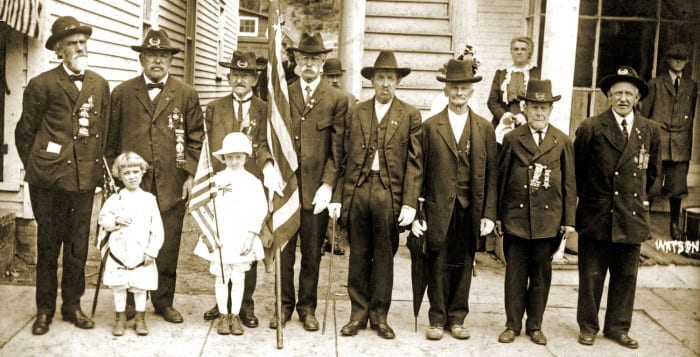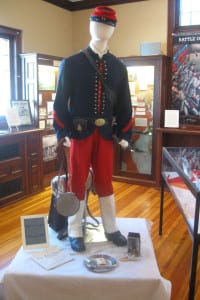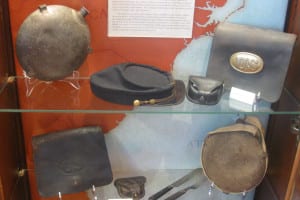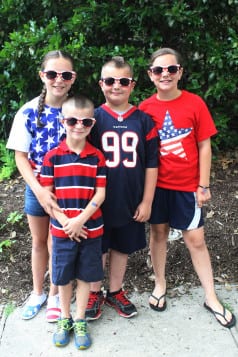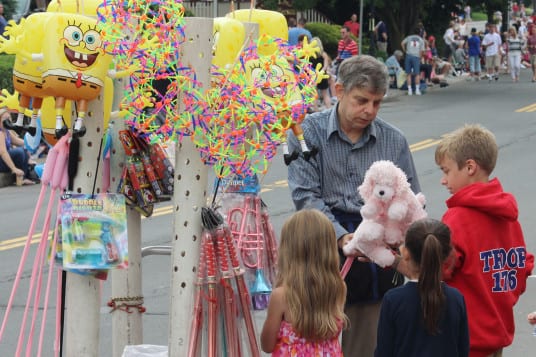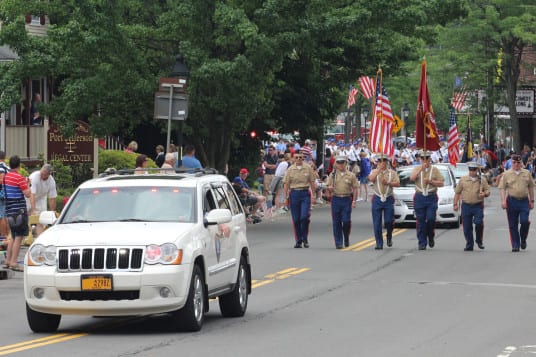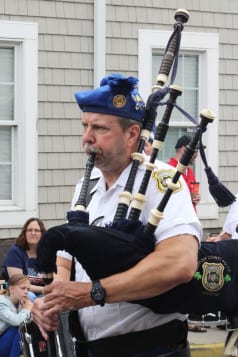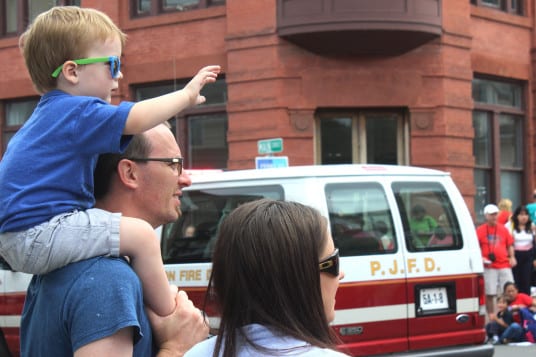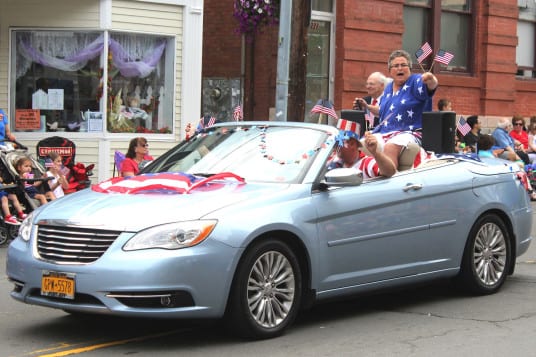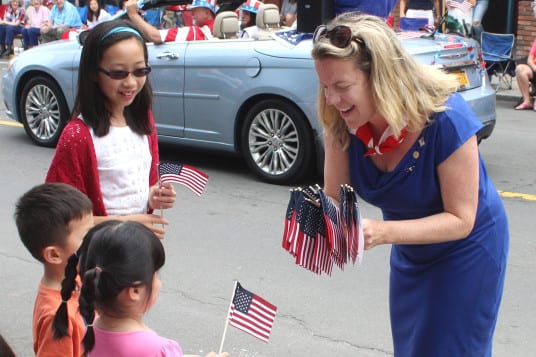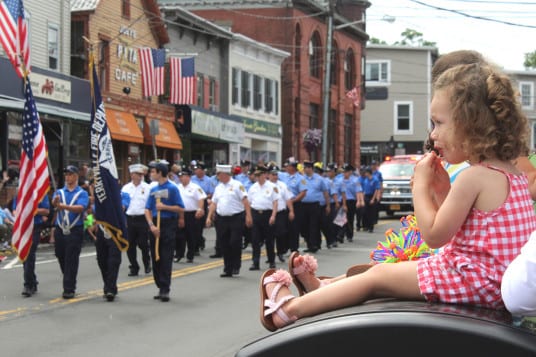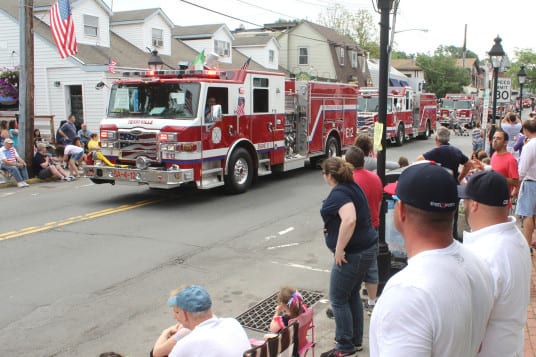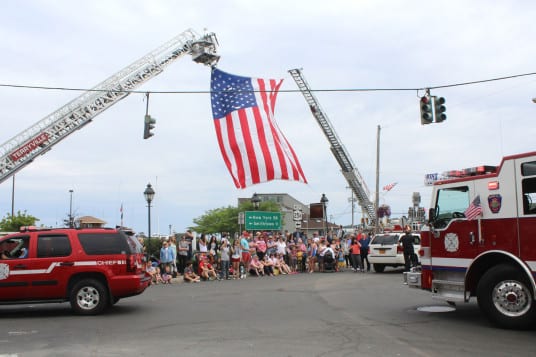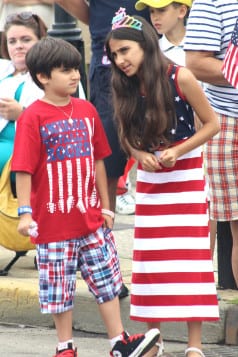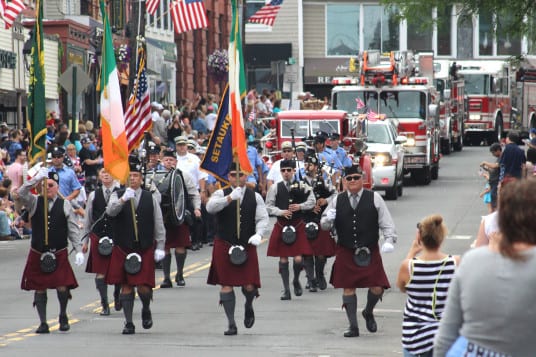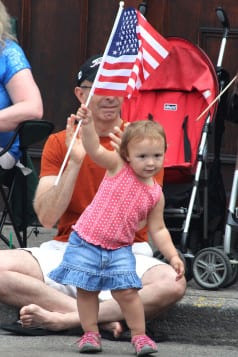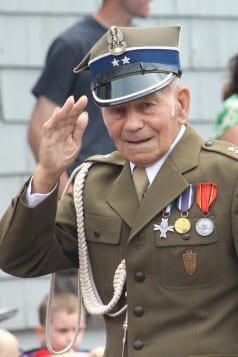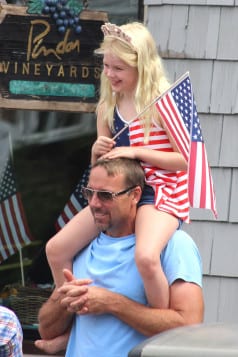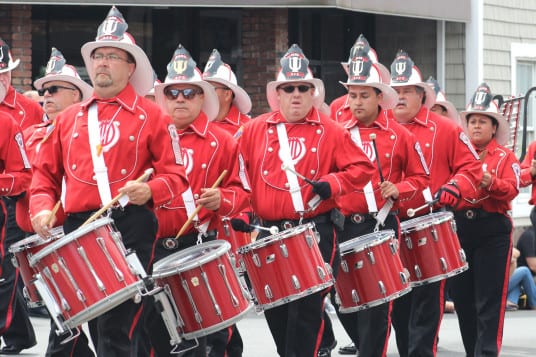When we need each other, we come together. That, as much as anything else, is the legacy of 9/11. Its 15th anniversary falls this Sunday.
Every year, we in the news business and, indeed, in society, struggle to know how to remember that terrible day in 2001. Years ago, the editor in chief at the New York Daily News, where I was working, asked me when we should stop running the names of the people who died that day, when 9/11 should no longer be on the front page, and when we should respect the day but give it less coverage. I told him I couldn’t imagine that day.
Those of us who knew people that died think about those people regularly, not just on an anniversary or at a memorial. They travel with us, the way others we’ve lost over the years do, in our hearts and in our minds.
Those first few days and months after the attacks, people in New York stopped taking things for granted and saw the things we share with each other as a source of strength.
This year, in particular, seems a good time not only to remember what makes us and this country great, but also a time to reflect on who we want to be and how we want to interact.
We have two candidates for the White House who seem intent on acting like impetuous Greek gods, shooting weapons at each other and describing each other’s faults and weaknesses to us.
Debate and disagreement are part of this country, just as they were in 1858, when Abraham Lincoln and Stephen Douglas famously debated across Illinois. And yet, despite their disagreements and their passion for office, they held each other in considerably higher esteem than the two unpopular candidates who now want to be president.
How can the two parties that seem so intent on running in opposite directions today, and the two candidates who genuinely loathe each other, work together, come together, and inspire us when they are so obsessed with their animosity?
This Sunday, and maybe even this week, we should remind them — and ourselves — about all the things we Americans felt and did on those days after 9/11. Certainly, we mourned those we’d lost and we wondered aloud about our enemies.
But we also visited with each other, made calls to friends and family, checked on our neighbors, and offered support wherever and however we felt able. Some people donated to charities, while others gave blood, time or energy to helping the survivors and the families of those who lost loved ones.
Yes, we looked to protect ourselves and to understand who and what we were fighting, but we the people — the ones our government is supposed to protect, represent and reflect — became more patient in lines and became less upset over the little things. We looked out for each other.
It’s easy to imagine a boogeyman everywhere we go. Generations of Americans have pictured and envisioned monsters from within and without our borders, intent on destroying our way of life.
We can’t let fear and hatred dictate our actions. I don’t want to hear Hillary Clinton or Donald Trump shout about how unqualified each of them is for office. I want them to reflect a respect for all Americans, their opponents included, on this solemn day and during this solemn week. I don’t doubt that each of them loves America. Instead of telling us how they’ll be great leaders, demonstrate it to us by coming together.

